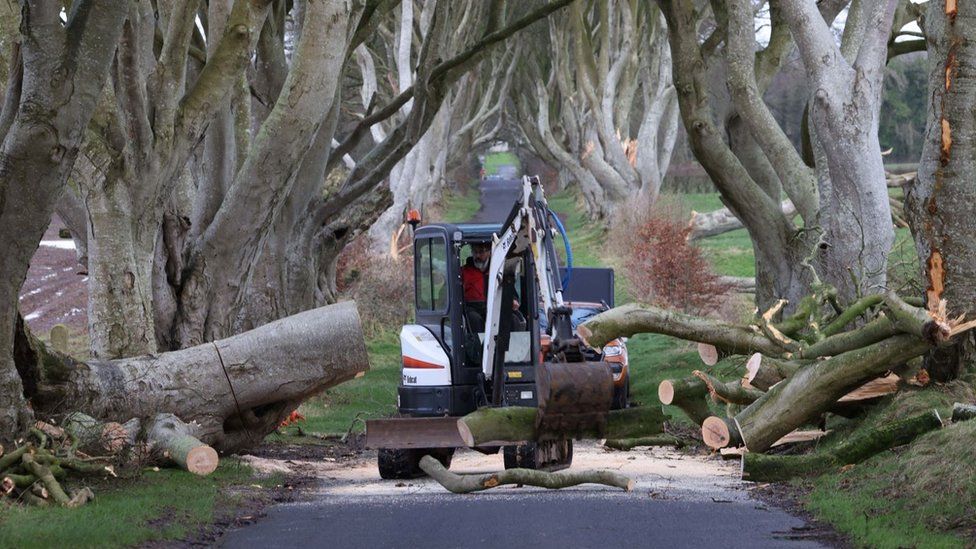Staying Green With A Closed-Loop Economy

If you’re a business owner or manager, you’re likely already familiar with the ideology of circular economies and closed-loop economies. What often stumps business owners and managers is finding ways to integrate these models into their business operations to reap their benefits. For those who have struggled to incorporate these models into their existing business strategies, this post should provide some valuable insight and information in how the closed-loop model functions as well as how it can benefit organizations.
Before any of that, though, it’s imperative to understand why these models are named the way they are. A closed-loop economy is virtually identical to a circular economy. These models are notorious for eliminating the amount of waste produced within any businesses’ operations. Which means each input is reused, recycled, shared and repaired in some way to avoid what other models would call waste. The ‘waste’ is used again as another input to restart the production process and create additional resources for organizations.
Of all industries, this model has become more and more common within the manufacturing industry. Namely as it is one of the most effective and environmentally efficient methods of obtaining, creating and consuming materials and goods. Recent research even indicates this model contributing nearly $4.5 trillion dollars globally by 2030. While this is a global estimation, closed-loop economy models greatly benefit localized businesses as well. Through increases in customer loyalty, more positive company PR as a result of such a green initiative and even a reduced reliance on an organization’s external suppliers. The trick is, as more and more companies transition into this model, the more raw material can be saved overall. Meaning a much more positive impact on the environment and a work environment that promotes innovation.
Chaining It All Together
Successfully operating under a closed-loop economy requires organizations to create a closed-loop supply chain. Which means nearly all of their production processes will have to be rethought and redesigned. This includes the packaging of these products, the design of these products and especially the manufacturing of these products. Not only do these internal processes have to be altered, so do the more external processes. The sale of the product, how the product can be refurbished and especially how the product can be recycled and thus find a way to be used again throughout the production processes. The truth is, as more and more companies transition into this model, the more effective it becomes. As more raw materials continue to be reprocessed and reused appropriately, the greater the impact.
As of right now, most organizations fall under a linear economy model. These models use raw materially very freely in the design and creation stages without much consideration. When they’re disposed, the amount of raw material saved is very minimal. This abundance of waste proves the strengths of the closed-loop economy. The reprocessing of the ‘waste’ is much easier than collecting the amount of raw material necessary to being the production process anew. Meaning the model effectively reduces manufacturing costs while simultaneously creating the most environmentally sustainable products for an organizations’ consumers. To learn more about the Closed-Loop Economy system, be sure to check out the resource featured alongside this post. Courtesy of Quincy Recycle.






